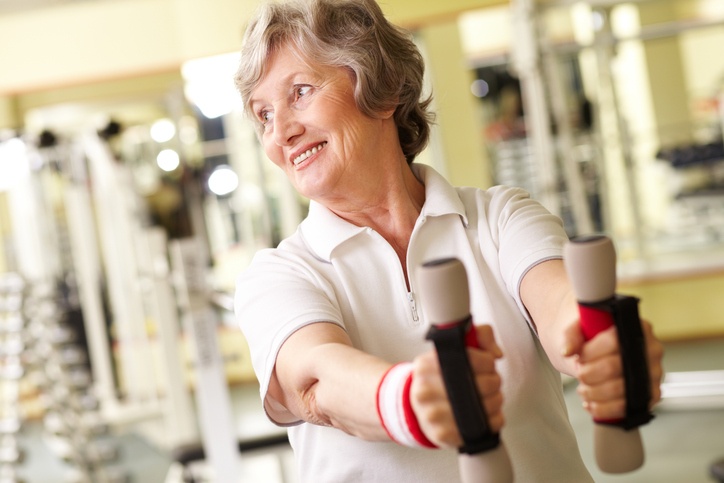In 2010, almost 700,000 people over the age of 45 had total knee replacements (according to the Centers for Disease Control), making it the most frequently performed inpatient procedure in this age group. In the decade from 2000 to 2010, the total number of knee replacements (arthroplasties) was more than 5 million, with 98.1% of all surgeries performed on people 45 years of age or older.
Surgery Is Just the First Step
As important as it is for knee replacement surgery to go well, it’s not the whole story. As Healthline notes:
“When it comes to knee replacement surgery, the procedure itself, while obviously important, is just one step in the process. What happens after the surgery—the recovery and rehabilitation—is just essential to the overall success of the procedure.”
If you’ve had knee replacement surgery, there are some important strategies you can use to guide you through recovery and rehabilitation. Here are 8 strategies which will promote healing and lead to a shorter recovery period:
- Follow the advice of your doctor and physical therapist: your surgeon and physical therapist will give you specific instructions for taking your medication, using your continuous passive motion (CPM) machine, and performing prescribed exercises, especially those intended to improve your range of motion. Follow their directions explicitly throughout your recovery period.
- Don’t put unnecessary stress on your knee: as your physical therapist will explain, you should avoid lifting heavy objects during recovery. When you turn, be sure to turn your entire body so the brunt of the turning force is not placed on your knee.
- Take recommended supplements and vitamins: almost half of people you have knee replacement surgery have a vitamin D deficiency. Talk to your doctor about taking vitamin D supplements, as well as the advisability of taking iron to help replenish blood count following your surgery.
- Wear compression stockings: some patients can benefit from wearing compression stockings following their surgeries to reduce the risk of blood clots. If your doctor asks you to wear these, be sure to follow his advice to the letter.
- Use ice and heat: in the first few days after your surgery, you should apply ice to reduce inflammation. Once the initial swelling has gone done, alternate ice and heat to relax your muscles and reduce stiffness.
- Stop smoking and avoid alcohol: if you smoke, make a good faith effort to quit—smoking shrinks blood vessels which can make healing more protracted. If you are taking any kind of blood thinner (such as Warfarin, to avoid clotting), you should stay away from alcohol.
- Don’t overeat: the greater your weight, the more stress you’re putting on your knee. After your surgery, you’ll be less mobile, and possibly more bored. One of the ways people compensate is by overeating. Try to find new ways to occupy yourself (doing your exercises will help), and avoid the temptation to replace pre-surgery activities with food.
- Get moderate exercise: you should discuss a regimen of moderate exercise with your physical therapist. Regularly exercising will help strengthen your muscles and promote healing. Taking short walks, using a stationary bike and participating in low impact activities like golf and swimming are great ways to get the exercise you need (again, don't do any of these things without first consulting your doctor and therapist). At the same time, you need to avoid high impact activities—you might be tempted to return to some of the things you did before surgery, like running or tennis. These sports can result in serious injury which could put you back in the hospital.
Our Goal: To Get You Healthy and Back in Your Home
At Church Home LifeSpring, our focus is on improving your skills to get you back into your home as soon as is reasonably possible. Our skilled team of therapists employ the latest technology and equipment to maximize short-term rehabilitation and recovery outcomes. To learn more about our short-term rehabilitation, long-term care and hospice/respite care services, contact us today.


